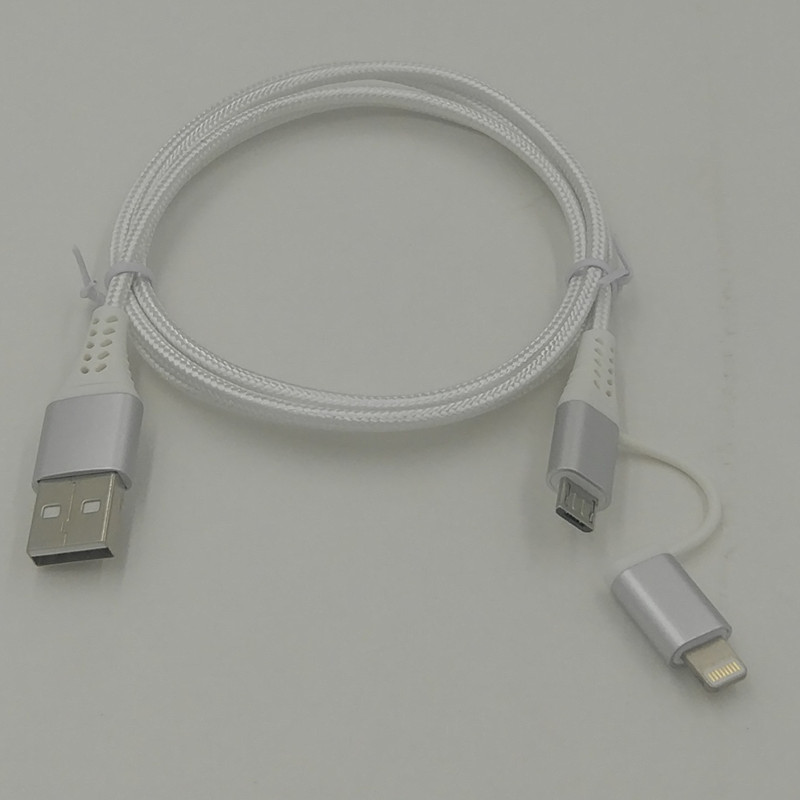Copper has long been a fundamental material in various forms of craftsmanship, particularly in Korea, where its usage has ascended into an art form. The unique properties of copper—its ductility, malleability, and excellent thermal and electrical conductivity—make it ideal for various applications, from traditional to modern craftsmanship. This article delves into the multifaceted uses of copper blocks in Korean craftsmanship and explores their significance, techniques employed, and cultural relevance.
The Historical Significance of Copper in Korea
Copper has been utilized in Korean culture for centuries, tracing back to ancient dynasties. The metal is associated with wealth and status, often used in the crafting of ceremonial objects, jewelry, and tools. The history of copper craftsmanship in Korea can be traced through several key periods:
- Three Kingdoms Period (57 BC - 668 AD): The earliest records of copper usage can be found in artifacts such as coins and tools.
- Silla Dynasty (57 BC - 935 AD): The Silla Kingdom produced exquisite gold and bronze works, showcasing advanced metallurgy techniques.
- Joseon Dynasty (1392 - 1910): This era saw an increase in functional items such as cooking vessels and religious artifacts made from copper.
Types of Copper Blocks Used in Crafts
There are various types of copper blocks utilized in Korean craftsmanship, each possessing specific properties suitable for different applications. Below is a table outlining the main types of copper blocks and their typical uses:
| Type of Copper Block | Description | Common Uses |
|---|---|---|
| Copper Sheet | Flat rectangular pieces of copper, easily shaped and manipulated. | Jewelry, wall art, and decorative items. |
| Copper Rod | Cylindrical bars that can be cut and shaped for various thicknesses. | Handles, tools, and structural components. |
| Copper Plate | Thicker plates used for detailed embellishments. | Religious artifacts, ceremonial items, and plates. |
Techniques Employed in Copper Craftsmanship
The versatility of copper blocks facilitates various crafting techniques. Here are some of the prominent methods used in Korean copper craftsmanship:
- Etching: A technique used to create intricate designs by applying acid to copper plates.
- Hammering: Traditional hand-hammering techniques to shape and texturize the copper.
- Inlay: Combining copper with other materials to achieve multi-dimensional designs.
- Repoussé: A method where the metal is shaped by hammering from the reverse side to create raised designs.
The Role of Copper in Modern Korean Art
In contemporary settings, copper has regained popularity within the realm of artistic expression. Modern artists incorporate copper blocks as primary materials in various forms, including sculpture, installation art, and functional design. Some notable trends include:
- Fusion of Traditional and Modern: Artists are blending ancient techniques with modern design aesthetics.
- Environmental Considerations: Using copper's sustainable properties to create eco-friendly art.
- Community Art Projects: Initiatives that encourage public engagement through collaborative copper art installations.
Significant Copper Artisans in Korea
Several artisans have played pivotal roles in the promotion of copper craftsmanship in Korea. Their contributions blend tradition with innovation, inspiring upcoming generations. Key figures include:
- Kim Soo-yeon: Renowned for her modern interpretations of traditional copperware.
- Park Jong-soo: Known for intricate etchings and repouse work.
- Lee Jin-ho: A contemporary artist who creates public installations using large copper panels.
The Future of Copper in Korean Craftsmanship
As we look to the future, the role of copper in Korean craftsmanship is evolving. Emerging technologies and the integration of traditional skills with modern techniques promise to boost creativity and sustainability in this field. Copper's thermal and conductive properties continue to inspire innovations in art and design.
Conclusion
In summary, the versatility of copper blocks in Korean craftsmanship is unmatched. From historical significance to contemporary artistic expression, copper has proven to be an essential material that bridges the past and future. The various techniques and artisans dedicated to this craft highlight its cultural importance and potential for innovation. As Korea continues to explore the possibilities of copper in craftsmanship, it will undoubtedly remain a significant part of its cultural heritage and artistic landscape.

